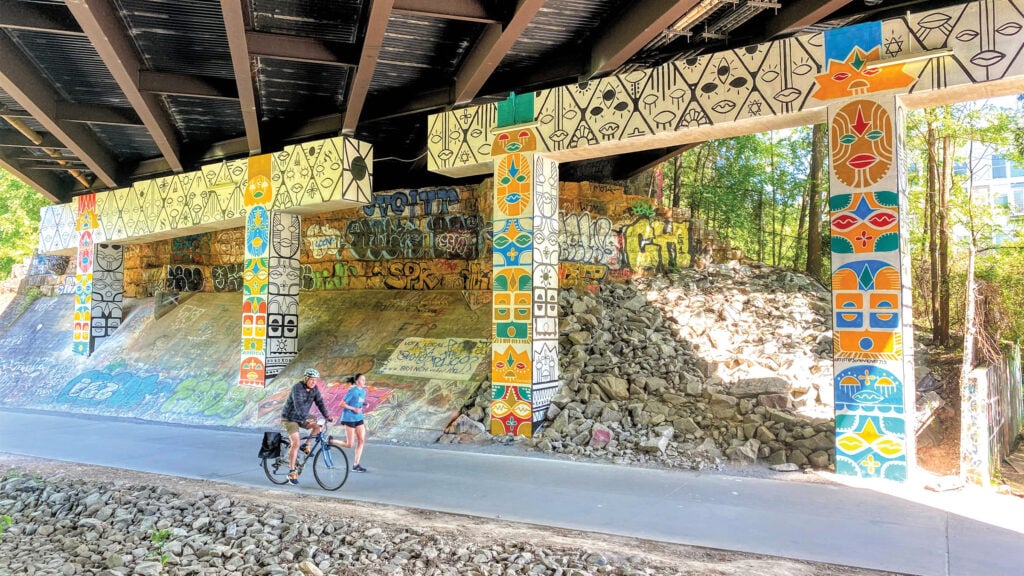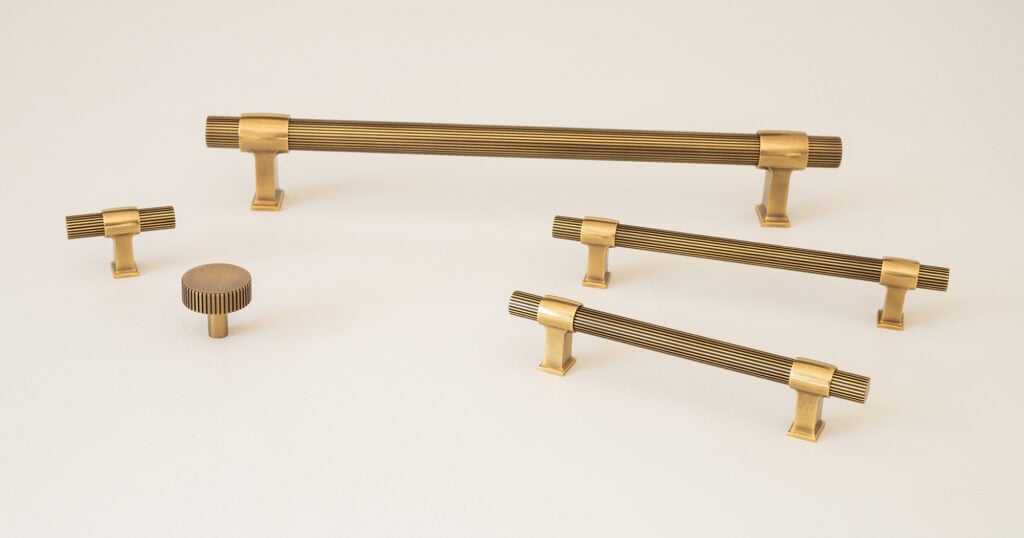
January 12, 2023
5 Hints For Smarter Strategic Planning
Strategy sessions, one-page plans, KPIs—the business world is filled with these phrases—but are they beneficial or just buzzwords? For some, strategic planning is an event that happens once a year and is quickly forgotten. For others, it sets the course to which alignment comes from the top down and filters through the organization in a very structured way. According to consulting firm Gartner, only 8 percent of strategy leaders report a success rate of 90 percent or more on long-term strategic initiatives (ouch).
When executed properly, a strategic plan turns a top-level enterprise strategy into key initiatives and action steps that provide an organization a clear road map to meet (or hopefully exceed) its business goals. But now more than ever, strategic plans need to live, breathe, and morph their way through every layer of an organization—the success of post-pandemic vitality depends on it. The plans need to be adaptable and flexible to maintain a finger on the pulse of an ever-changing industry. The following steps will position you and your team for success.
REPLACE ASSUMPTIONS WITH FACT
• What is the current state of the interior design industry?
• How has the pandemic affected the speed of recovery geographically?
• Which vertical markets are faring better than others, and what is the forecast for the coming years?
• What product categories are expected to shrink or grow, and how might that affect our top-line growth?
• How will my sales force need to adjust to calling on clients in a hybrid world?
EQUIP TEAM WITH RELEVANT INDUSTRY DATA
• Provide critical data, trends, and reports such as the U.S. Design Industry Benchmark Report or ThinkLab’s Hot Market Growth report for 2023.
• Bring food, snacks, and caffeine. Employees need fuel to do their best thinking during long meetings.
ESTABLISH TECH-FREE GROUND RULES
• Avoid the ding of email distractions. Try an old-school pen-and-paper meeting for a more focused discussion.
• Set aside tech breaks to avoid the temptation to multitask.
• Host planning sessions off-site. Even when working remotely, gathering in a new location can help hone focus.
FOCUS ON DATA-DRIVEN DECISION-MAKING
• Use market research and report data to define the questions you want to answer in each session. Then assign a guide to keep the conversation on track.
• Keep a “parking lot” space for ideas and issues that can wait.
• Avoid analysis paralysis by prioritizing the data that helps move the strategy forward while remaining achievable.
EMPOWER TEAMS WITH TACTICAL RESOURCES
• Distribute the plan. Everyone should have a copy. Make sure that it is visual and easy to reference. Pin it to your team Slack channel.
• Provide clear follow-up actions.
• Review resources that allow the team to continually augment strategy with real-time, industry-specific data… because again, this can’t be a one-and-done effort. Change is the only constant these days, right?
Allison Roon is responsible for creative content development for ThinkLab, the research division of SANDOW Design Group. At ThinkLab, we combine SANDOW Media’s incredible reach to the architecture and design community through brands like Interior Design Media, Metropolis, Luxe, and Material Bank with proven market research techniques to uncover relevant trends and opportunities for the design industry. Join in to explore what’s next at thinklab.design/join-in.
Would you like to comment on this article? Send your thoughts to: [email protected]
Latest
Projects
The Project That Remade Atlanta Is Still a Work in Progress
Atlanta’s Beltline becomes a transformative force—but as debates over transit and displacement grow, its future remains uncertain.
Profiles
WAI Architecture Think Tank Approaches Practice as Pedagogy
Nathalie Frankowski and Cruz García use their practice to help dismantle oppressive systems, forge resistance spaces, and reimagine collective futures.
Products
Functional Beauty: Hardware That Does More Than Look Good
Discover new standout pieces that marry form and function, offering both visual appeal and everyday practicality.





